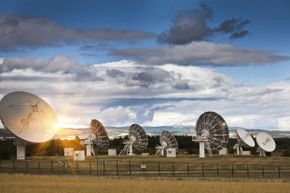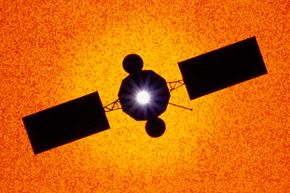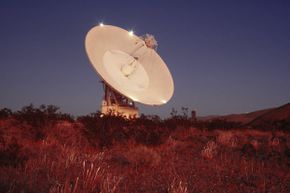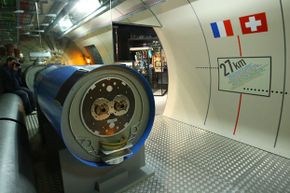Key Takeaways
- Ideas for improving interplanetary communication include creating a network of satellites across the solar system, switching from radio signals to lasers for more efficient data transmission and establishing an interplanetary version of the internet that can function across vast distances in space.
- Other innovative concepts involve using the sun as a signal booster to amplify transmissions from distant spacecraft and developing super-sensitive electronic receivers to pick up extremely faint signals from deep space.
- More speculative ideas include faster-than-light communication using hypothetical particles like neutrinos, though this concept faces significant scientific and technical challenges before it could become a reality.
Here on Earth, we've gotten used to pulling out a smartphone and being able to talk, text or send and receive photographs and video from virtually anywhere on the planet's surface. Moreover, we're increasingly dependent upon tapping into the vast, burgeoning amount of information on the Internet to guide us, whether we're trying to do scientific research or find the quickest route to an appointment.
But the sort of instantaneous access and bandwidth to which we're accustomed doesn't yet exist in space. The enormous distances of space, for one, create huge lag times for electronic communications, and the signals have to make it from another planet's surface back to Earth through a gauntlet of space radiation that degrades their clarity. To make it even harder, the planets themselves are continuously in motion, and they can get into positions where their mass -- or that of the sun -- can block a signal.
Advertisement
If you imagine that you're an astronaut who's been sent to establish a colony on Mars, whose distance from Earth varies between 35 million and 140 million miles (56 and 226 million kilometers), those hindrances to communication could be a daunting problem [source: Space.com]. If you try to talk or send a text to mission control back on Earth using present technology, there's a lag time of between three and 21 minutes. That could make conversation pretty difficult. And imagine that you spot something really incredible, and want to show it to them. You might be able to laboriously transmit a still photo, but forget about streaming a live video image from the Martian surface; NASA admits that isn't possible with the level of gadgetry we now have [source: NASA]. And even with a recent upgrade, robotic rovers on Mars have only been able to achieve a data-transmission rate of only about 256 kilobits per second [source: Bridges].That would be fast on Earth -- that is, mid-1990s Earth, when people were still using dialup connections. Running cloud apps or perusing Google's high-resolution maps of Mars for directions would be pretty much out of the question.
The difficulties would be mind-bogglingly magnified if you ventured past Pluto, and dared to try reaching an Earthlike planet in a neighboring solar system. That's why scientists have been wracking their brains for decades, trying to come up with ways to reach out and touch someone, as the old phone company ads used to put it, across the daunting expanse of the cosmos. Here are 10 of the ideas that they've come up with over the years.










